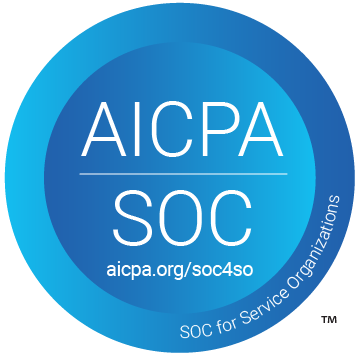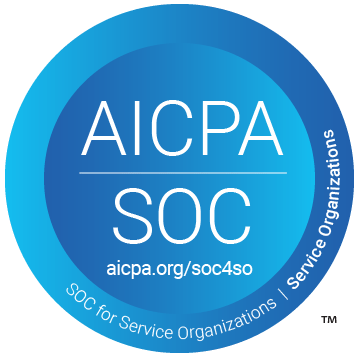Learn how to automate client appointment scheduling for healthcare using Pabbly Chatflow and WhatsApp. Step-by-step guide to creating your chatbot. Build conversational workflows that guide visitors toward conversion with dynamic, branching dialogs that respond intelligently to user input.
Watch Step By Step Video Tutorial Below
1. Setting Up Pabbly Chatflow for WhatsApp Integration
To automate client appointment scheduling for healthcare via WhatsApp, the first step is to set up Pabbly Chatflow. You can access it by visiting the Pabbly website and signing in or creating a new account. Once logged in, navigate to the dashboard of Pabbly Chatflow, where you can start creating your WhatsApp chatbot.
After accessing Pabbly Chatflow, you will need to connect your WhatsApp number. Click on the ‘Add WhatsApp Number’ button located at the top right corner. Here, you have two options: connect via WhatsApp or use a manual token. The preferred method is to use WhatsApp connect for seamless integration.
2. Creating the Chatbot Flow in Pabbly Chatflow
Next, you will create a flow for your WhatsApp chatbot using Pabbly Chatflow. Click on the ‘Add a Flow’ button to begin. Name your flow, for example, ‘Client Appointment Scheduling for Healthcare’. This will help you identify the flow later.
- Select a trigger event from the dropdown menu.
- Choose keywords that will activate the flow, such as ‘Appointment’.
- Set the response message that the chatbot will send when triggered.
After defining the trigger, you can add various messages and quick reply buttons that will guide users through the appointment scheduling process. Each step should be clear and concise, making it easy for clients to follow.
3. Testing the WhatsApp Chatbot with Pabbly Chatflow
Once you have created your chatbot flow in Pabbly Chatflow, it’s time to test it. Send a message to your connected WhatsApp number using the keyword you set earlier, like ‘Appointment’. The chatbot should respond with a welcome message and options for appointment types.
During testing, ensure that the quick reply buttons work correctly. For example, if a user selects ‘Consultation’, the chatbot should prompt them to choose a preferred time slot. Make sure that the responses are personalized based on the information provided by the user.
4. Finalizing and Saving Your Chatbot Flow
After successfully testing all functionalities, the next step is to finalize your chatbot flow in Pabbly Chatflow. Click on the ‘Save’ button to ensure all your changes are recorded. This step is crucial to make sure your chatbot is ready for real interactions.
Additionally, you can revisit the flow anytime in Pabbly Chatflow to make adjustments or add new features as necessary. This flexibility allows you to continuously improve the client experience based on feedback and usage patterns.
5. Conclusion: Automating Healthcare Appointments via WhatsApp
In conclusion, automating client appointment scheduling for healthcare via WhatsApp using Pabbly Chatflow is a straightforward process. By following the steps outlined, you can create an efficient chatbot that enhances client interaction and streamlines appointment management.
Ensure you check out Pabbly Connect to create business automation workflows and reduce manual tasks. Pabbly Connect currently offer integration with 2,000+ applications.
- Check out Pabbly Connect – Automate your business workflows effortlessly!
- Sign Up Free – Start your journey with ease!
- 10,000+ Video Tutorials – Learn step by step!
- Join Pabbly Facebook Group – Connect with 21,000+ like minded people!
Utilizing Pabbly Chatflow not only saves time but also improves client satisfaction by providing instant responses and personalized communication. Start implementing your WhatsApp chatbot today to transform your client appointment scheduling process.






